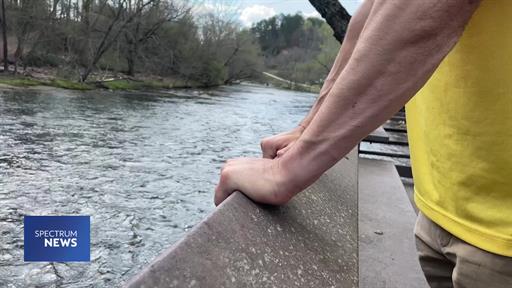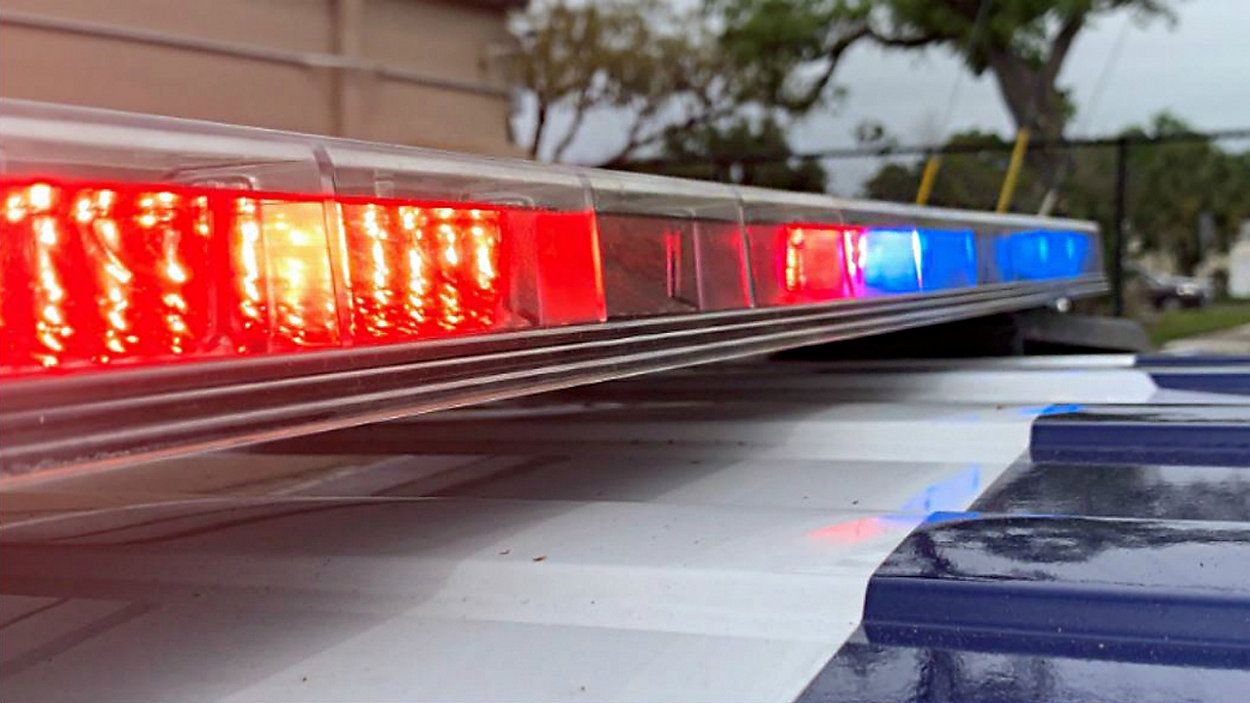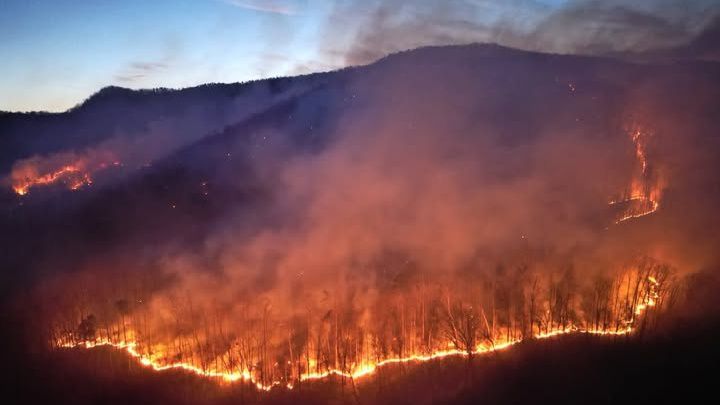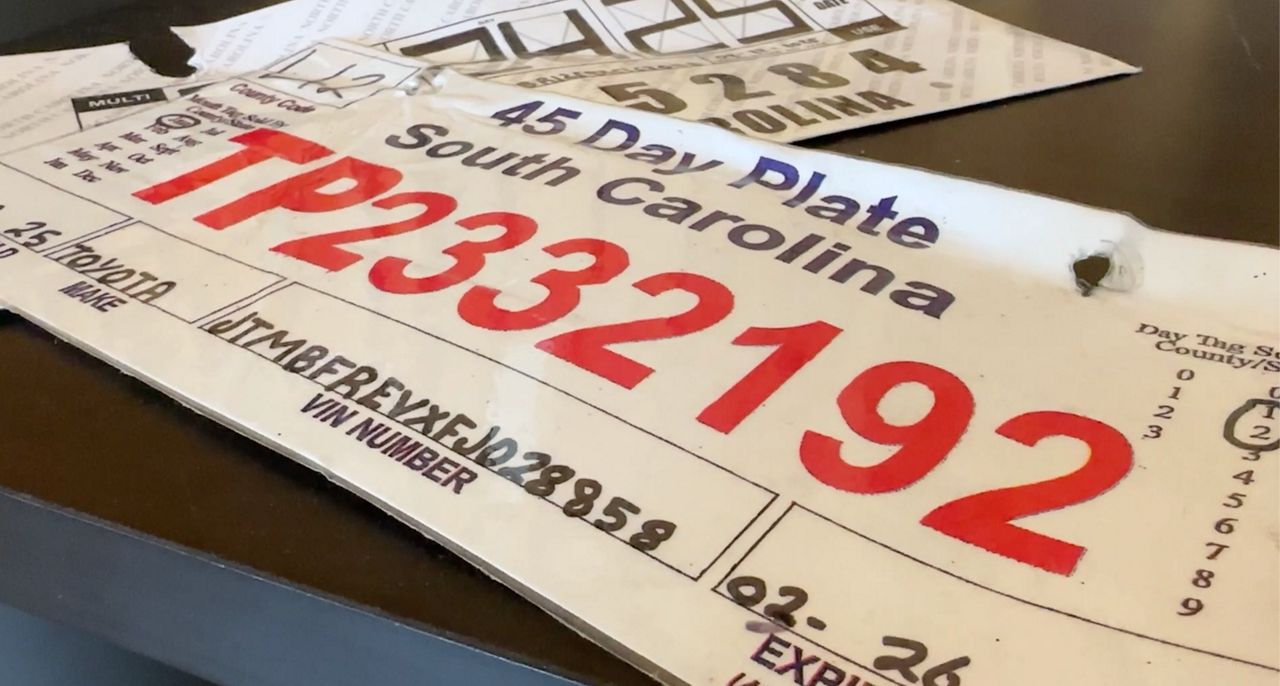WHITTIER, N.C. — The Ela Dam was originally built to provide local power to the Bryson City area. Now, a coalition is focused on restoring the stream that provides a connection to the historic dam.
The dam has closed off the Qualla Boundary and Great Smoky Mountains National Park to part of the Oconaluftee River stream for almost a century.
Joey Owle, a member of the Eastern Band of Cherokee Indians, grew up hearing stories about the significance of the river and its wildlife. He believes these connections have become too distant
“Water is used for ceremonial use. We protect it for our drinking water use. Folks go to water on their own for their own personal reasons,” Owle said.
Owle believes water is something worth protecting.
“It’s just off tribal lands, but it is an impediment to the entire drainage of the Qualla Boundary,” Owle said.
The lack of species diversity on the other side of the river has become a concern for many, including Erin McCombs with American Rivers — an organization that fights to keep natural waters clean.
“Fish can’t move upstream, the normal sediment flow can’t happen, the temperatures change,” McCombs said.
It wasn’t until a sediment release caused by the dam that Owle knew it was time for a change.
“I just went to my natural resources director, and I said ‘I’m gonna find out who owns this dam, and I’m gonna give them a call and see if they’d be interested in working with the tribe to remove it,’” Owle said.
Owle took a resolution to tribal council in June of 2022.
“There were some concerns on liability, on owning a dam from the tribal perspective. We’ve never done that and what if it breaks? All the what-ifs,” Owle reflected. “That didn’t pass, but we immediately shifted.”
A coalition was formed, and according to the U.S. Fish and Wildlife Service, an agreement was made under which Mainspring Conservation would acquire the dam for removal if funding is available, and the license to operate it is surrendered.
Bryson City representatives tell Spectrum News 1 the current facility at Ela Dam produces just one megawatt, and they expect zero impact locally.









